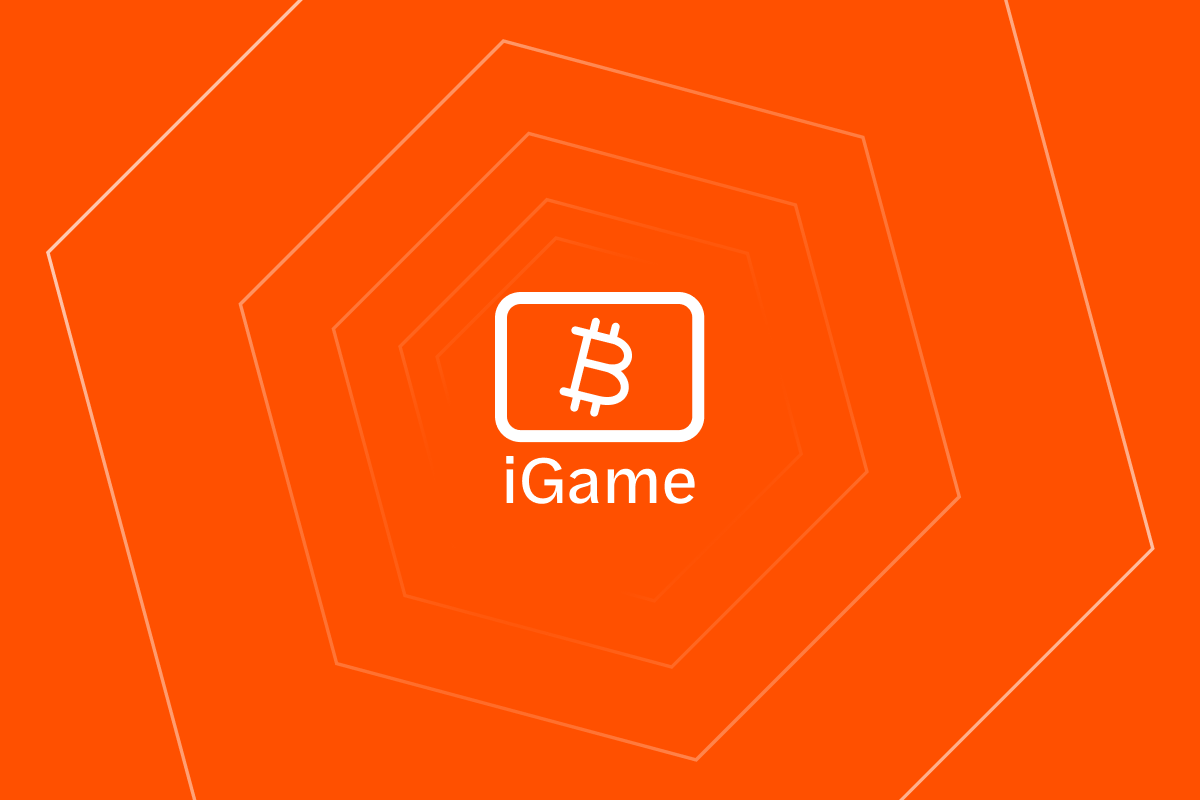The iGaming industry is built on speed, yet its payment systems still lag behind the pace of play. While games have evolved into real-time digital experiences, deposits and withdrawals remain stuck on slow, expensive banking rails. Bitcoin’s Lightning Network changes that, offering instant, global, and low-cost payments that finally move as fast as the games themselves.
1. Real-Time Games Deserve Real-Time Money
The online gaming industry runs on speed. Players expect instant results, immediate access, and fast payouts. Yet the payment infrastructure behind most iGaming platforms still operates on rails that were built decades ago for banks, not for internet-scale commerce.
Traditional payment methods often break the experience. Deposits can take several minutes to confirm. Withdrawals can stretch over hours or even days, depending on banks or card processors. Cross-border redemptions add further delay as payments move through a maze of intermediaries and foreign exchange layers.
In 2025, Bitcoin’s Lightning Network has matured into the first globally accessible system for instant value transfer. It now reaches over 925 million users and is on pace to exceed one billion by 2026. Lightning allows money to move with the same speed as data online. Payments confirm in less than a second and settle with finality.
For iGaming operators, this marks a turning point. Real-time gameplay can now be matched with real-time money movement. Lightning removes the friction that has long separated entertainment from settlement.
2. Latency: The Hidden Bottleneck in iGaming Payments
Every part of the iGaming experience depends on timing. Yet payments remain one of the slowest parts of the system.
Card networks and banking rails were never designed for continuous, round-the-clock settlement. Transactions are authorized instantly but actually clear later through reconciliation processes that involve multiple intermediaries. Even when the player’s balance updates quickly, the operator still waits for the money to arrive.
This creates friction for both sides. Players lose confidence when redemptions take too long. Operators lose engagement when withdrawal requests pile up over weekends or holidays.
Lightning resolves this latency problem at the protocol level. Payments travel directly from sender to receiver without intermediaries. The settlement is final, not pending. Players can deposit and withdraw instantly. Operators can move liquidity at any hour of the day without banking windows.
For an industry that already runs on millisecond gameplay, payment systems that keep pace with that speed are now essential.
3. The Cost Burden of Legacy Rails

The global iGaming industry processes billions of microtransactions every year. Each one passes through a web of card networks, processors, and compliance vendors that charge a percentage of the transaction. Typical costs range between 2.9 and 5 percent for cards and can be higher for international transfers. Bank transfers are cheaper but slower, and they often carry additional reconciliation and chargeback risk.
These costs eat into operator margins. For players, they appear as reduced rewards or higher fees. For platforms running large transaction volumes, the payment layer becomes one of the highest recurring expenses.
Lightning payments reduce this overhead dramatically. Routing fees are generally less than one cent per transaction. Settlement is automatic and does not rely on external intermediaries. Instead of percentage-based fees, operators pay a flat, minimal routing cost tied to network liquidity.
The result is a payment structure that makes micro-wagers, small redemptions, and in-game purchases financially viable. Operators can lower withdrawal minimums and still maintain profitability. A global network built on open infrastructure allows them to reduce reliance on region-specific processors and move value directly between players and the platform.
4. Fraud and Chargebacks: A Systemic Weakness
Fraud remains one of the most costly challenges in iGaming. Card payments can be reversed through chargebacks long after the game session ends. Stolen cards, fake accounts, and friendly fraud lead to disputes that take time and resources to resolve. Payment processors also hold back operator funds to offset this risk, creating liquidity pressure.
Bitcoin payments eliminate this problem. Transactions on Lightning are final at the moment of settlement. There are no chargebacks and no intermediaries to reverse funds. The payment moves directly from the player’s wallet to the operator’s. Once confirmed, both parties have final assurance.
This design has already proven effective outside of gaming. The Water Project, a global charity, implemented Bitcoin payments for donations to eliminate costly chargebacks that often occurred with credit cards. By moving to direct settlement, they reduced administrative overhead and ensured funds reached their intended destination immediately. For iGaming, the same principle applies at scale.
Final settlement means operators no longer need to hold large reserves for potential disputes. Funds are available for operations immediately. Players gain confidence that their deposits and winnings are handled transparently and securely.
5. Global Reach and 24/7 Settlement
Lightning’s most powerful feature is its universality. It works anywhere there is an internet connection, without relying on local banks or intermediaries. In 2025, the network spans nearly one billion users and connects a wide variety of exchanges, wallets, and financial platforms.
For iGaming operators expanding across markets, this is a strategic advantage. Traditional payment methods are restricted by licensing boundaries, card issuer rules, and regional banking limitations. Lightning provides one global standard for payments that functions across borders and currencies.
The network also introduces flexibility. In 2026, stablecoins issued through Taproot Assets will be live on Lightning, allowing players to transact in dollar or euro denominations while still benefiting from instant settlement. This enables dollar-based gameplay without depending on custodial banks or payment processors.
Operators can settle in Bitcoin or stablecoins depending on their preference, automatically converting between assets as needed. The underlying system remains the same: instant, global, and open. Players in different countries can participate under one seamless payment standard.
6. Crypto Sweepstakes as a Model for Instant Redemption
Sweepstakes and social casino platforms occupy a unique space in the gaming industry. They rely on promotional gameplay rather than direct wagering, allowing them to operate legally in regions where online gambling is restricted. This model has grown rapidly in North America and Latin America as regulators maintain strict licensing environments.
A new generation of crypto-native sweepstakes systems is now emerging. One example is Bitcloud Sweeps (BCS), a platform that integrates digital assets like Bitcoin and stablecoins into its in-game economy while maintaining compliance with sweepstakes frameworks.
In these systems, players can purchase credits to play and earn sweeps coins through promotions or bonuses. Winnings can be redeemed in crypto instantly. The design keeps gameplay legally distinct from gambling while delivering faster, borderless redemption for players.
For operators, this model simplifies payments and compliance. Instant redemptions replace batch settlements. Transparent transaction histories support audit requirements. API-based integrations enable faster onboarding and customized user experiences.
BCS and similar systems show what is now possible when sweepstakes architecture meets Lightning-based payments. Instant, auditable, and global value transfer can operate within regulatory frameworks without reliance on legacy payment rails.
7. Player Experience and Trust
For players, speed and transparency define trust. When deposits are instant and winnings appear in seconds, the gaming experience feels more legitimate. Waiting for redemptions or dealing with rejected transactions erodes that trust.
Instant settlement changes player expectations. It shortens the feedback loop between play and payout, reinforcing the integrity of the platform. Players gain assurance that funds are real, available, and final.
This also impacts engagement metrics. Faster withdrawals increase player satisfaction and reduce support requests. Lower transaction costs allow operators to offer better bonuses and promotions. In markets where players use smaller wager sizes, such as emerging economies, Lightning’s low fees make participation viable for the first time.
When Taproot Asset stablecoins arrive in 2026, players will be able to denominate their winnings in familiar fiat terms while still transacting over Bitcoin rails. This bridges the gap between the reliability of traditional currency and the efficiency of Lightning payments.
8. Compliance and Transparency for Modern Operators
Regulation is central to the iGaming industry. Payment systems must support strict KYC, AML, and audit standards. A common misconception is that Bitcoin payments lack traceability, but the opposite is true. Lightning and Bitcoin transactions can be monitored and verified with cryptographic precision.
Operators can program compliance checks directly into their payment workflows. Transaction limits, source-of-funds verification, and automated reporting can all be handled through APIs. Because each transaction is digitally signed and timestamped, audit trails are more accurate than traditional batch reports.
Lightning also supports programmable settlement logic. Payments can trigger automatic compliance actions, reducing human error and ensuring adherence to jurisdictional rules. For regulators, this visibility simplifies oversight and reduces the manual processes often associated with bank transfers.
Rather than bypassing regulation, Bitcoin payments give operators a more efficient way to comply. Transparency is built into the protocol itself.
9. The Economics of Instant Settlement
Lightning’s design also introduces a new economic model for operators. Instead of outsourcing settlement to banks or card networks, they can manage their own liquidity directly. This removes layers of third-party risk and cost.
Liquidity on Lightning is managed through payment channels that can generate small routing yields for operators who provide capital to the network. While yield is not the primary motivation for most gaming businesses, it illustrates how Lightning turns payments into an active financial infrastructure rather than a passive cost.
As institutional adoption grows, major fintechs and exchanges are now routing billions of dollars annually through Lightning for instant withdrawals, remittances, and microtransactions. The same mechanics apply to iGaming platforms looking to streamline deposits and redemptions globally.
This shift converts payments from a static expense into an operational advantage. Funds circulate faster, settlement is immediate, and working capital requirements decrease.
10. Preparing for the Future of iGaming Payments
Lightning is evolving into a universal payment layer for the internet. For iGaming, its relevance is clear. The network offers instant global settlement, programmable compliance, and near-zero transaction costs. It allows platforms to serve players across jurisdictions without the friction of legacy financial infrastructure.
In the coming years, several trends will accelerate adoption:
- Stablecoin integration on Lightning will allow dollar-denominated gameplay with Bitcoin-level performance.
- Open payment APIs will make Lightning compatible with existing gaming wallets and loyalty systems. (Happening today with Voltage)
- Regulatory frameworks will adapt as on-chain transparency improves and compliance automation becomes standard.
- Global interoperability will enable cross-border sweepstakes and gaming platforms to settle in real time.
The combination of these factors points to a single conclusion: the future of iGaming will rely on instant money movement. The platforms that adopt Lightning early will deliver faster onboarding, higher player retention, and more efficient operations. Those waiting for legacy systems to catch up will face rising costs and limited reach.
Instant Bitcoin payments are not a concept for later. They are already live and scaling globally. For iGaming executives, the question is no longer whether this technology will fit into their business, but how quickly they can integrate it.
Conclusion
The iGaming industry has always been built on innovation. Games, odds, and experiences evolve rapidly, but the payments that support them have remained slow and expensive. Lightning changes that dynamic. It allows value to move at the same pace as the games themselves.
With near-zero fees, instant settlement, and global interoperability, Lightning provides the financial foundation for the next generation of online gaming platforms. It solves the three persistent pain points of the industry: latency, cost, and fraud.
As Bitcoin and Lightning adoption continue to rise and stablecoins arrive on the network in 2026, iGaming operators have the opportunity to align their business models with an open, real-time payment system that works everywhere. The platforms that move first will set the standard for what players now expect: instant play, instant payouts, and instant trust.




